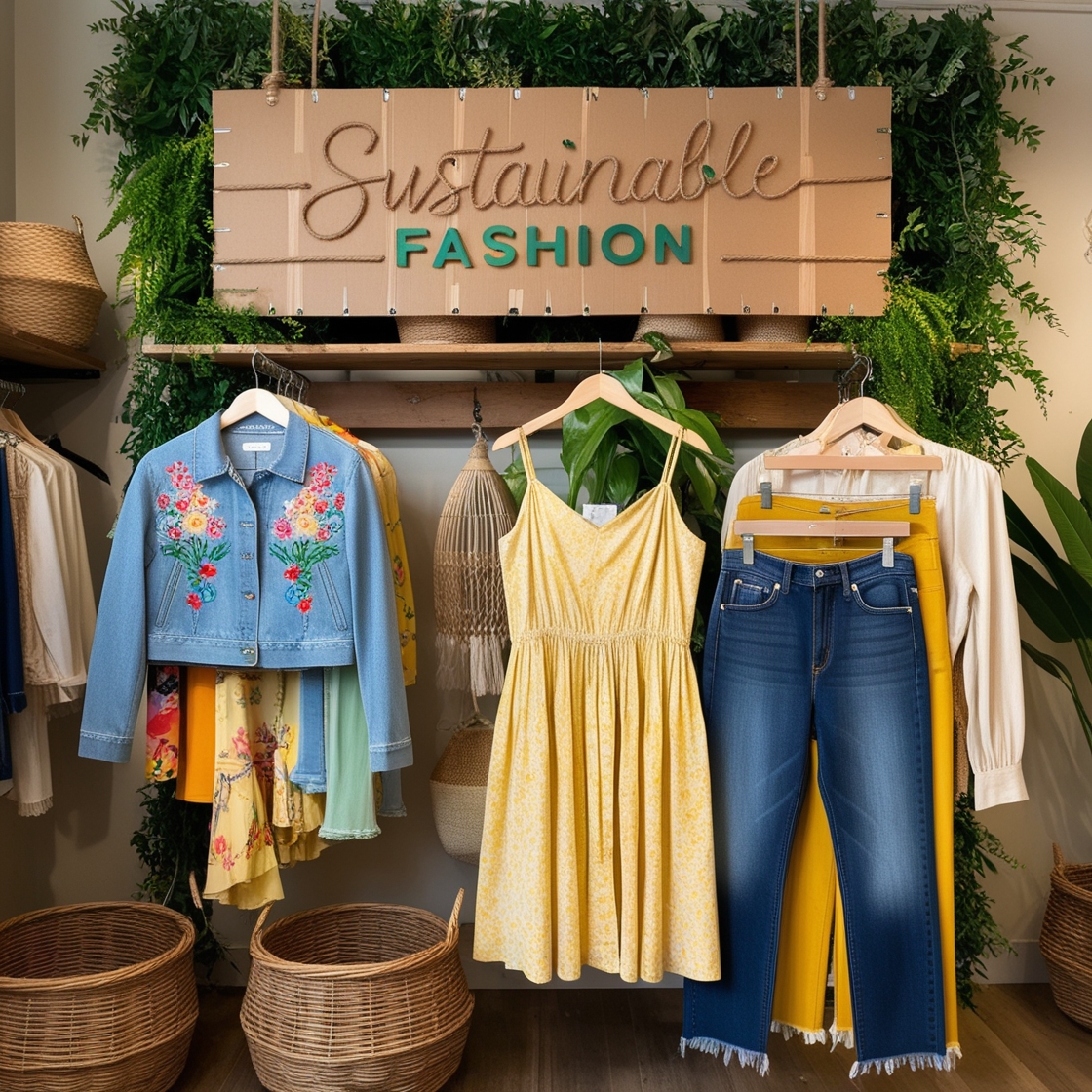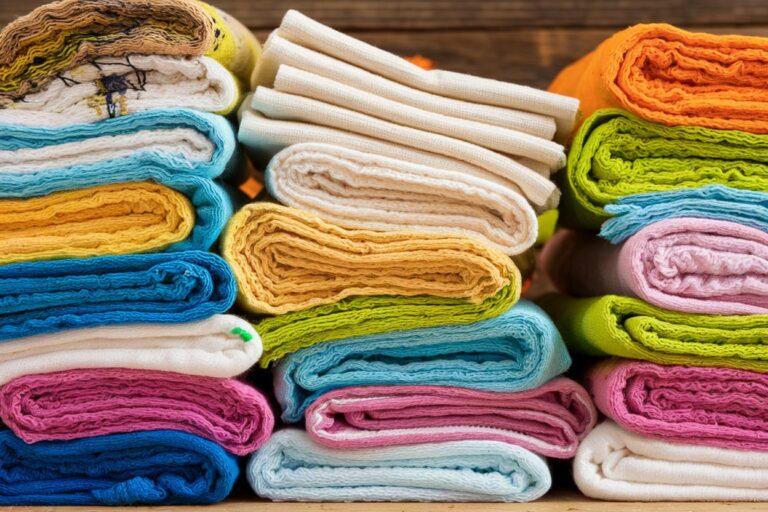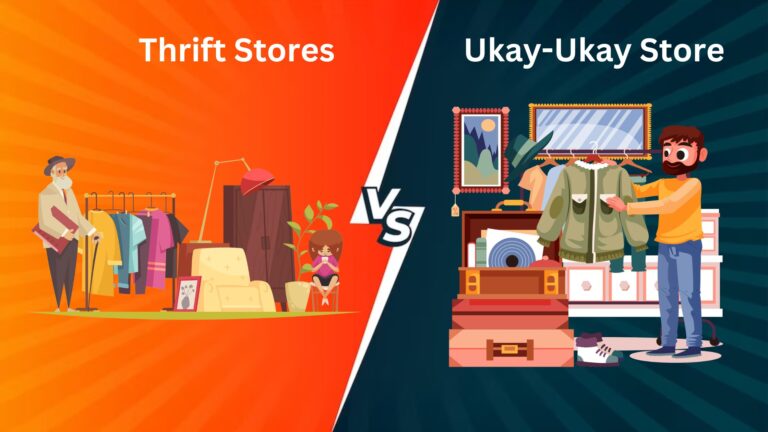Top Benefits of Buying Used Clothes: A Sustainable Choice
In recent years, the shift towards sustainability has influenced various industries, and the fashion world is no exception. As people become more aware of the environmental and social costs of fast fashion, buying used clothes is emerging as a powerful way to make a difference. This article will explore the numerous benefits of buying used clothes, highlighting why it’s a sustainable and financially smart choice.
Introduction to Sustainable Fashion
Sustainable fashion has become more than just a trend—it’s a movement aimed at reducing the harmful impact of the clothing industry on the environment. By choosing used clothes, you become part of this movement, helping to conserve resources and reduce waste. But what does sustainable fashion really mean, and how does buying used clothes contribute?
Environmental Impact of Fast Fashion
Waste Reduction through Used Clothing
The fashion industry is notorious for its wastefulness. Tons of clothes end up in landfills every year, contributing to the planet’s mounting waste problem. Buying used clothes directly reduces this waste by giving garments a second life. Instead of being discarded, clothes are reused, decreasing the demand for new production and, ultimately, landfill contributions.
Reduced Water and Energy Consumption
The production of new clothing items is resource-intensive, particularly when it comes to water and energy. By purchasing second-hand clothes, you can bypass this issue entirely. For example, producing a single cotton t-shirt can require over 2,700 liters of water. Imagine the resource savings when you buy that t-shirt used instead.
Financial Benefits of Buying Used Clothes
Affordability Compared to New Clothes
One of the most obvious advantages of buying used clothes is the cost savings. High-quality garments are often available at a fraction of the price you’d pay for new ones. This makes second-hand shopping an attractive option for budget-conscious individuals who still want to look fashionable.
Quality at a Fraction of the Price
Contrary to popular belief, second-hand clothes are often of higher quality than their fast-fashion counterparts. Many items found in thrift stores or online marketplaces are from premium or designer brands, which tend to be more durable and long-lasting.
Access to Designer and High-End Brands
It’s no secret that high-end fashion comes with a hefty price tag. However, buying used clothes allows you to enjoy luxury brands without breaking the bank. Thrift shopping can often lead to discovering gently worn designer items at a significantly lower cost.
Social and Ethical Advantages of Used Clothing
Supporting Charities and Local Businesses
Many second-hand stores are operated by charitable organizations. By purchasing from these stores, you not only save money but also support important causes. Additionally, shopping at locally-owned thrift stores helps boost small businesses, which play a critical role in the community.
Promoting Circular Fashion
Circular fashion promotes the idea of keeping clothes in use for as long as possible. Buying used clothes is a perfect example of this concept, as it extends the life of a garment and keeps it in circulation, reducing the overall demand for new clothing production.
Reducing Exploitative Labor
The fast fashion industry is notorious for exploitative labor practices, including poor working conditions and unfair wages. When you buy used clothes, you help reduce the demand for new garments that may have been produced under unethical conditions.
Unique Style and Creativity
Curating a Unique Wardrobe through Thrift Shopping
Second-hand shopping offers an unparalleled opportunity to create a wardrobe that truly reflects your unique style. With a wide variety of clothing from different eras and trends, you can mix and match to your heart’s content without worrying about the limitations of fast fashion.
Vintage and Rare Finds
For those who love vintage fashion, buying used clothes is a treasure trove of rare and one-of-a-kind pieces. Vintage garments not only carry a sense of history but also add an element of individuality to your wardrobe that’s hard to replicate with modern clothing.
Personalization and Upcycling
Another fun aspect of buying second-hand clothes is the ability to personalize and upcycle them. Upcycling involves transforming an old garment into something entirely new, whether through sewing, dyeing, or adding embellishments. This creative process allows you to express your personal style while being environmentally conscious.
Practical Considerations for Buying Used Clothes
How to Inspect Used Clothes Before Buying
When shopping for second-hand clothes, it’s essential to inspect each item carefully. Look for signs of wear, such as holes, stains, or stretched fabric. Check the seams, zippers, and buttons to ensure the garment is still in good condition.
Where to Buy Used Clothes
There are various places to buy used clothes, from local thrift stores to online marketplaces. Some popular online platforms for second-hand shopping include eBay, Depop, and Poshmark. Additionally, charity shops and consignment stores are excellent places to find hidden gems.







